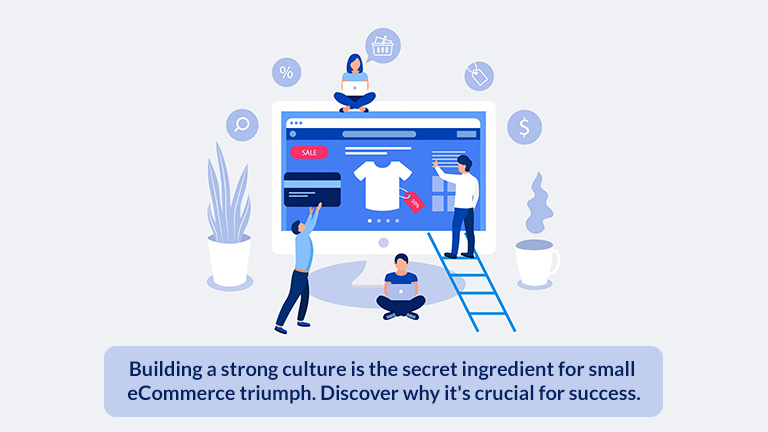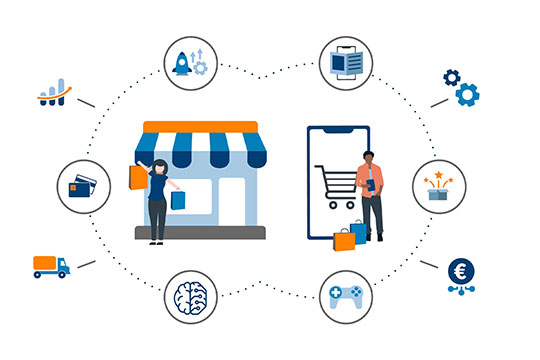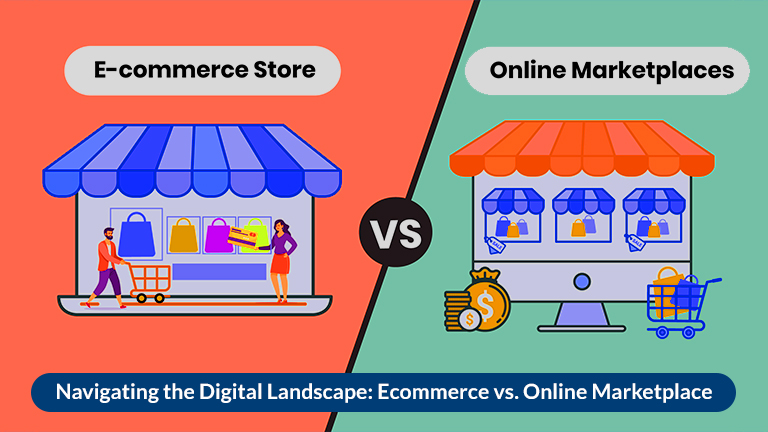Organisations are continuously seeking creative solutions to improve their processes and boost overall efficiency in today’s technology-driven business world. Cloud-based mobile ERP (Enterprise Resource Planning) solutions are one such game changer. These cutting-edge solutions leverage the cloud and mobile technology to transform how firms manage their resources, operations, and data.
Cloud-based mobile ERP systems offer unprecedented flexibility, accessibility, and scalability to enterprises. Companies may access their ERP systems from any device, including smartphones and tablets, by leveraging the cloud. Employees can stay connected and collaborate effortlessly regardless of their actual location because to this freedom. The days of being confined to a desktop computer to access crucial business information are long gone.

To properly appreciate the great potential of cloud-based mobile ERP solutions, consider the following advantages:
Real-time Data Insights: Cloud-based mobile ERP systems enable businesses to make informed decisions on the fly by providing real-time access to accurate and up-to-date data. Managers may monitor operations, detect bottlenecks, and take quick action with instant access to important performance data, thereby enhancing efficiency.
Improved Collaboration: Cloud-based mobile ERP solutions provide seamless collaboration between departments and teams. Employees may access shared documents, communicate information, and collaborate on projects in real time, reducing communication barriers and promoting a more cohesive workplace.
Process Automation: These solutions automate and streamline important company processes, removing manual and time-consuming operations. Cloud-based mobile ERP systems provide end-to-end process optimisation, from procurement and inventory management to financial tracking and customer relationship management.
Scalability and cost-effectiveness: Cloud-based mobile ERP solutions are scalable, allowing organisations to scale up or down as needed. Additionally, because the cloud eliminates the need for on-premises servers and costly IT upkeep, organisations can cut infrastructure expenditures.
Checklist for Implementing Cloud-Based Mobile ERP Solutions:
- Assess your company’s requirements and select a reputable ERP solution vendor.
- Ascertain that data security procedures are in place to safeguard sensitive information.
- Employees should be trained and educated on how to use the new system successfully.
- Establish key performance indicators (KPIs) to assess the implementation’s success.
- Monitor and fine-tune the system on a regular basis to maximise performance.

The use of cloud-based mobile ERP solutions is the future of corporate management. In today’s digital age, these transformative tools enable organisations to improve productivity, agility, and competitiveness. Businesses may unlock their full potential and stay ahead of the competition by centralising data, automating processes, and enabling real-time communication.
Accept the future of business administration. Invest in cloud-based mobile ERP solutions today and see the incredible impact they have on increasing productivity and driving long-term growth.
In conclusion, cloud-based mobile ERP systems are transforming the way businesses work. They give real-time data insights, improve collaboration, expedite procedures, and are scalable and cost-effective. Businesses can successfully apply these solutions and propel themselves towards a more efficient future by following a checklist for deployment. The time has come to adopt cloud-based mobile ERP systems as the future of corporate administration.
How do Ndimension Labs help to build the Cloud Mobile ERP?
Ndimension Labs specialises in assisting businesses in the development of strong and customised cloud-based mobile ERP systems that drive productivity and facilitate growth. We provide comprehensive services throughout the development lifecycle thanks to our expertise in software development and thorough understanding of ERP technologies.
Ndimension Labs assists firms in developing their cloud mobile ERP as follows:
Needs Assessment: We begin by thoroughly analysing your company’s requirements, operations, and goals. Our staff collaborates closely with you to obtain a thorough grasp of your specific difficulties and objectives. This allows us to adapt the cloud mobile ERP solution to your exact requirements.
Custom Development: Using their expertise in cloud technologies, mobile app development, and ERP systems, our talented developers create a customised solution that corresponds with your business procedures. We leverage cutting-edge frameworks and technologies to build a cloud mobile ERP system that is scalable, secure, and easy to use.
We recognise that organisations already have established systems and databases in place, so we provide seamless integration. Our staff guarantees that the cloud mobile ERP solution is seamlessly integrated with your existing infrastructure, allowing for a smooth transition and minimal disruption to business operations.
Data Security: We prioritise data security and put strong safeguards in place to secure sensitive information. We protect your cloud mobile ERP system from cyber threats and unauthorised access using encryption techniques and access controls.
Experience the power of cloud mobile ERP and revolutionize your business operations. Contact Ndimension Labs today for a personalized consultation.













